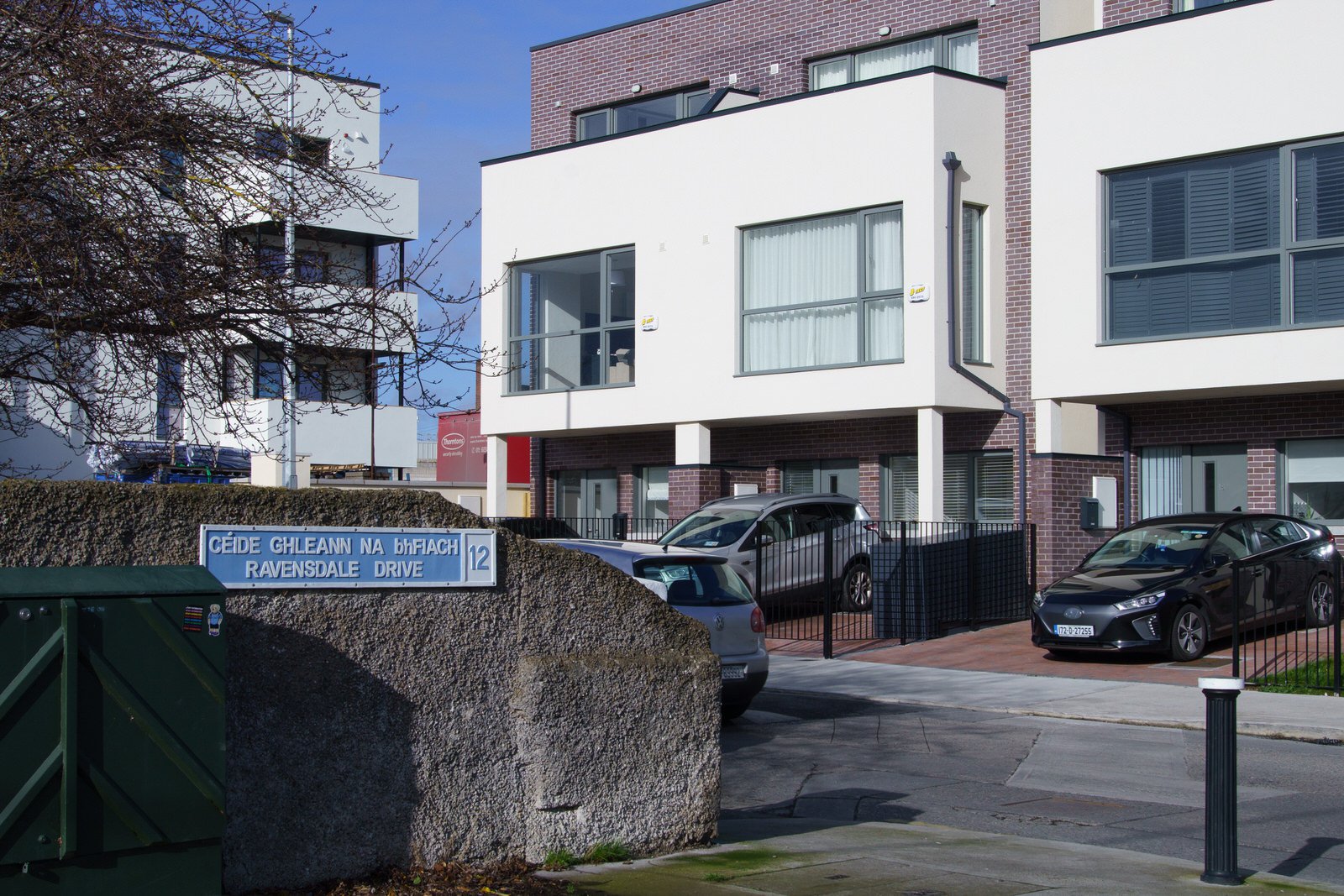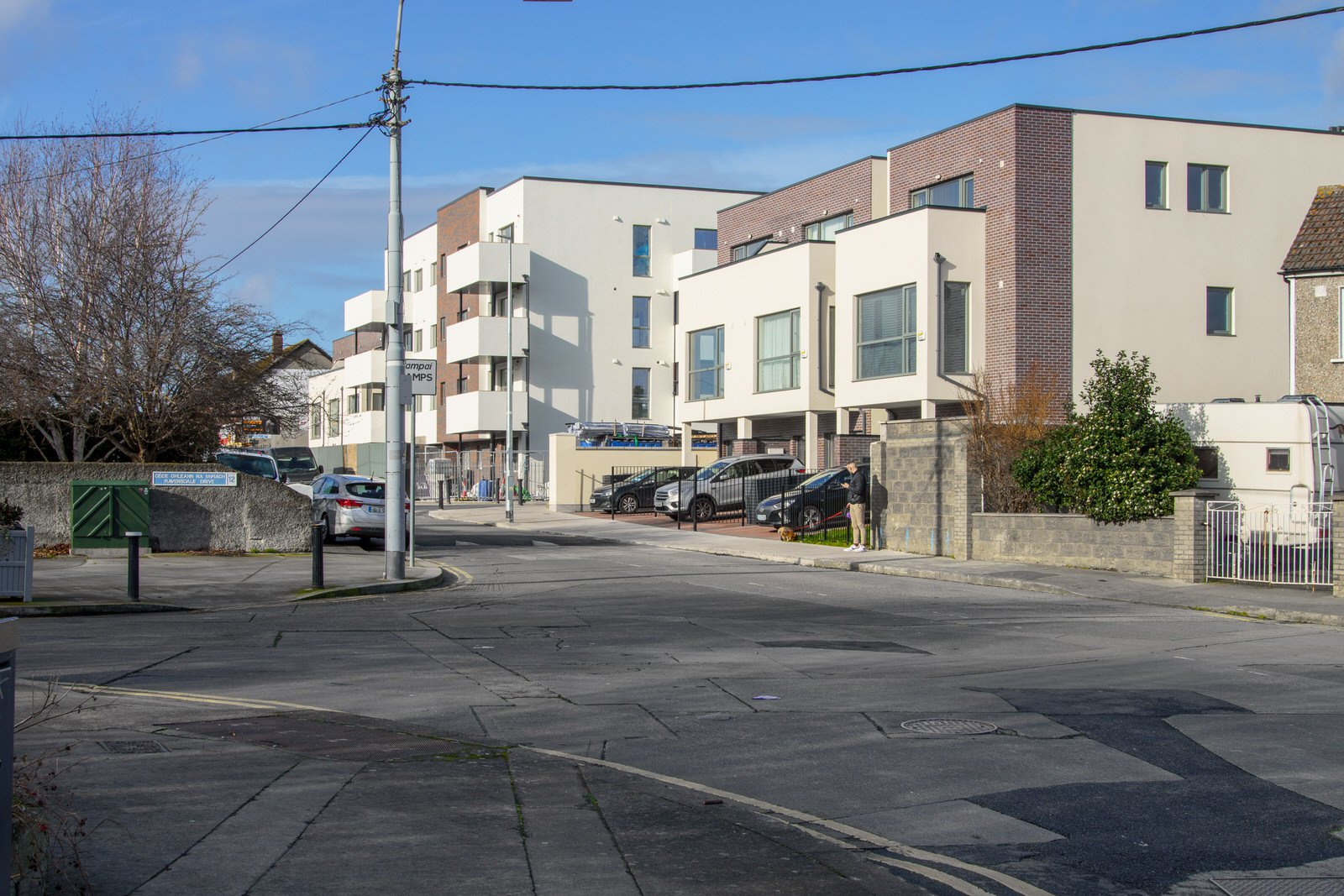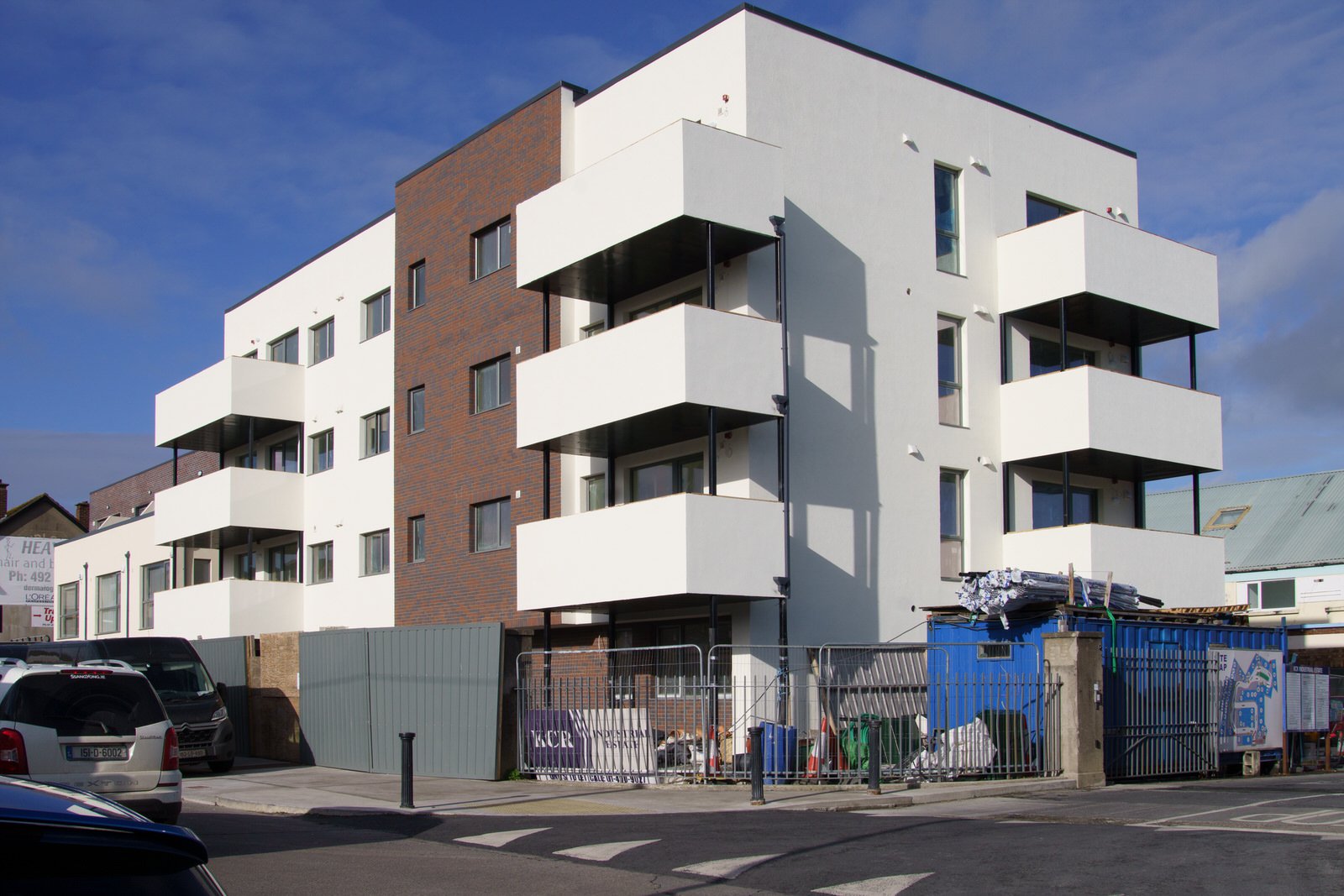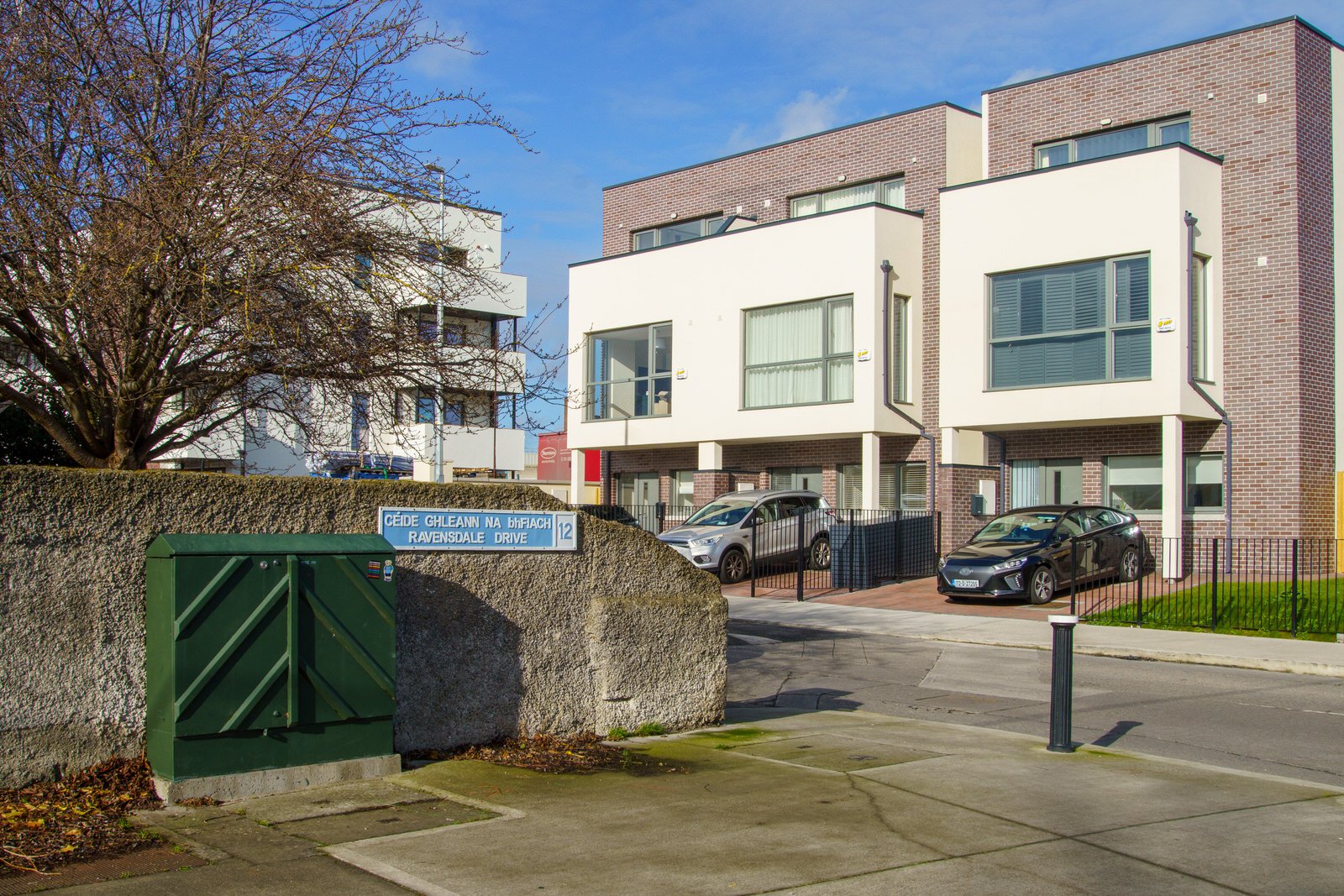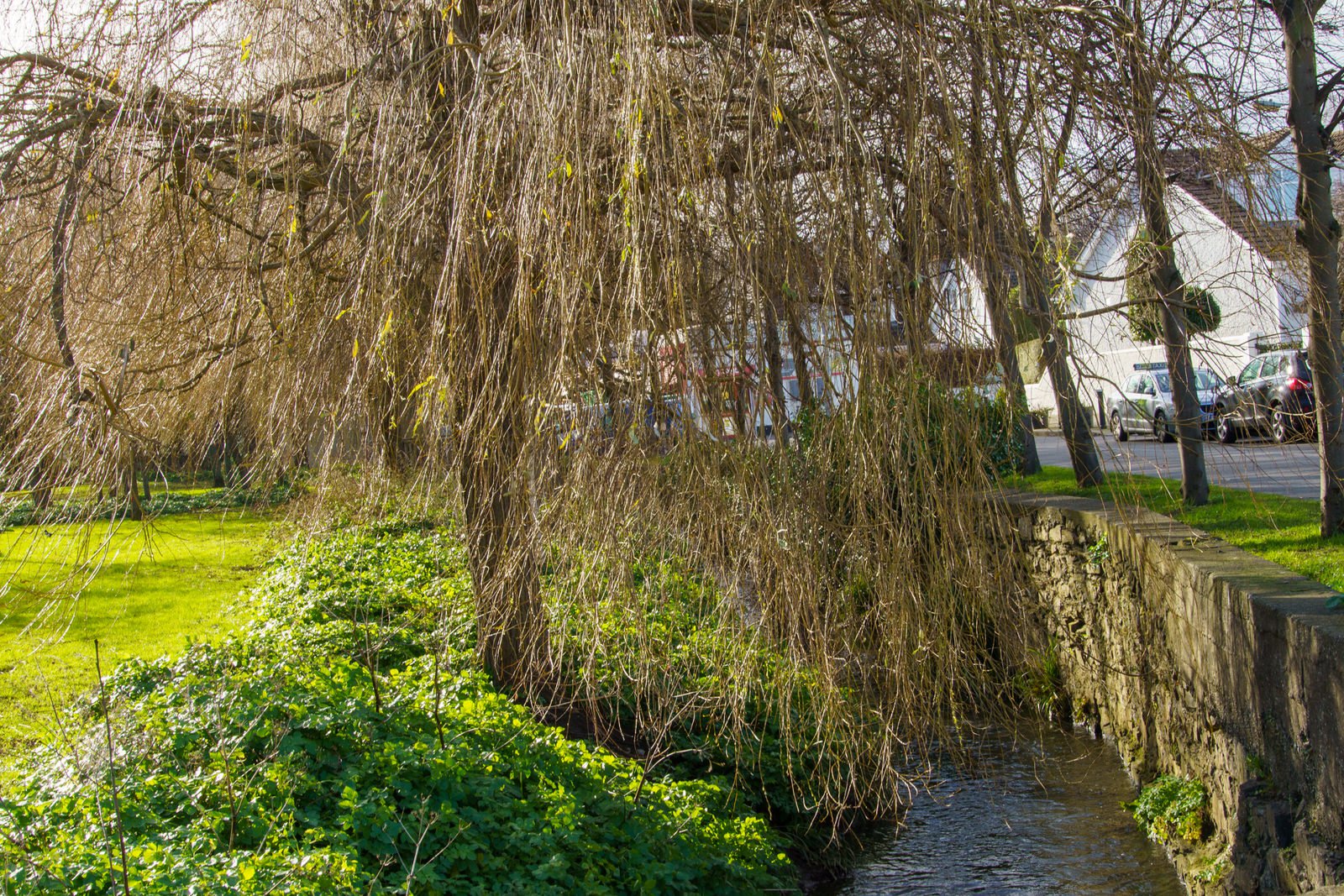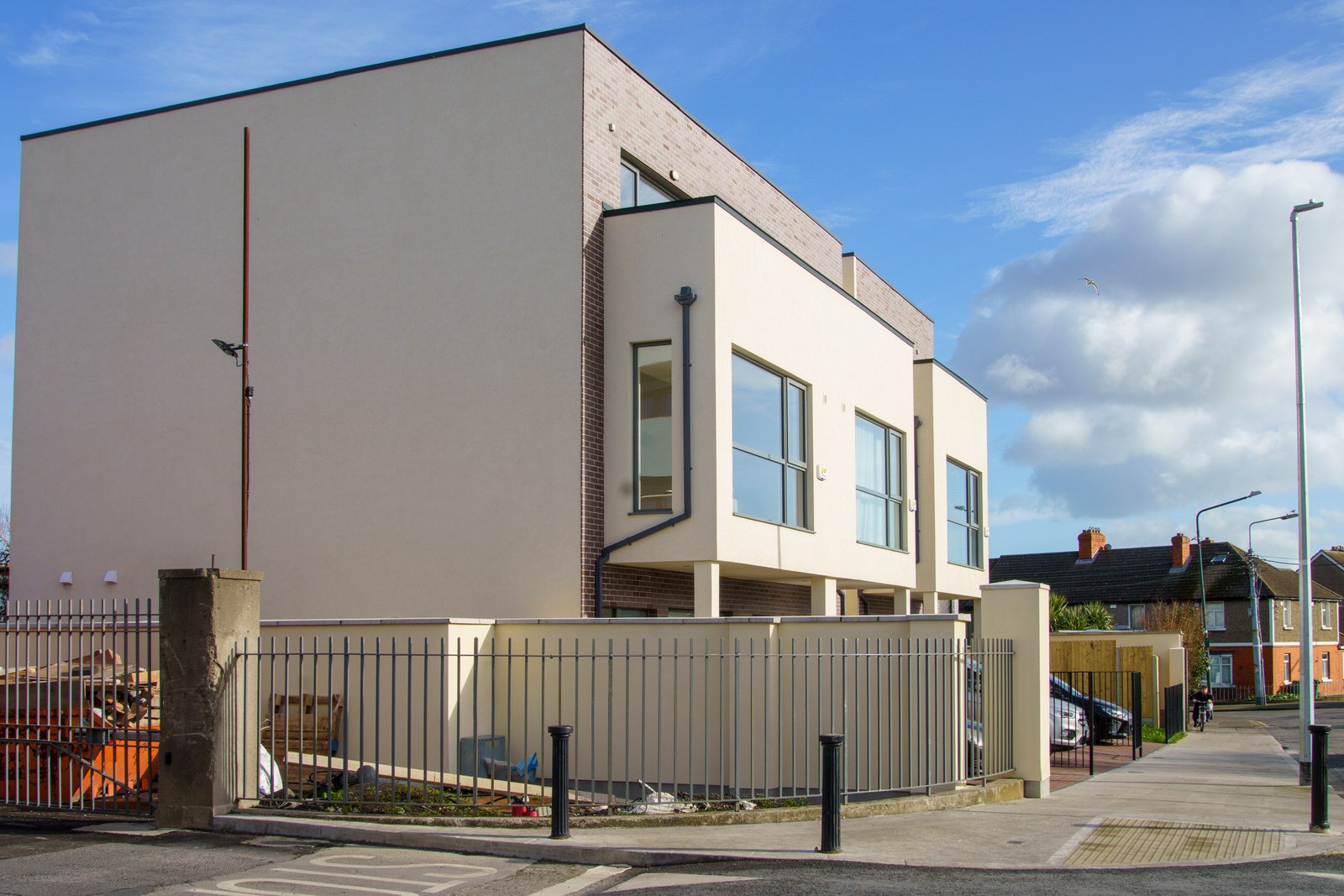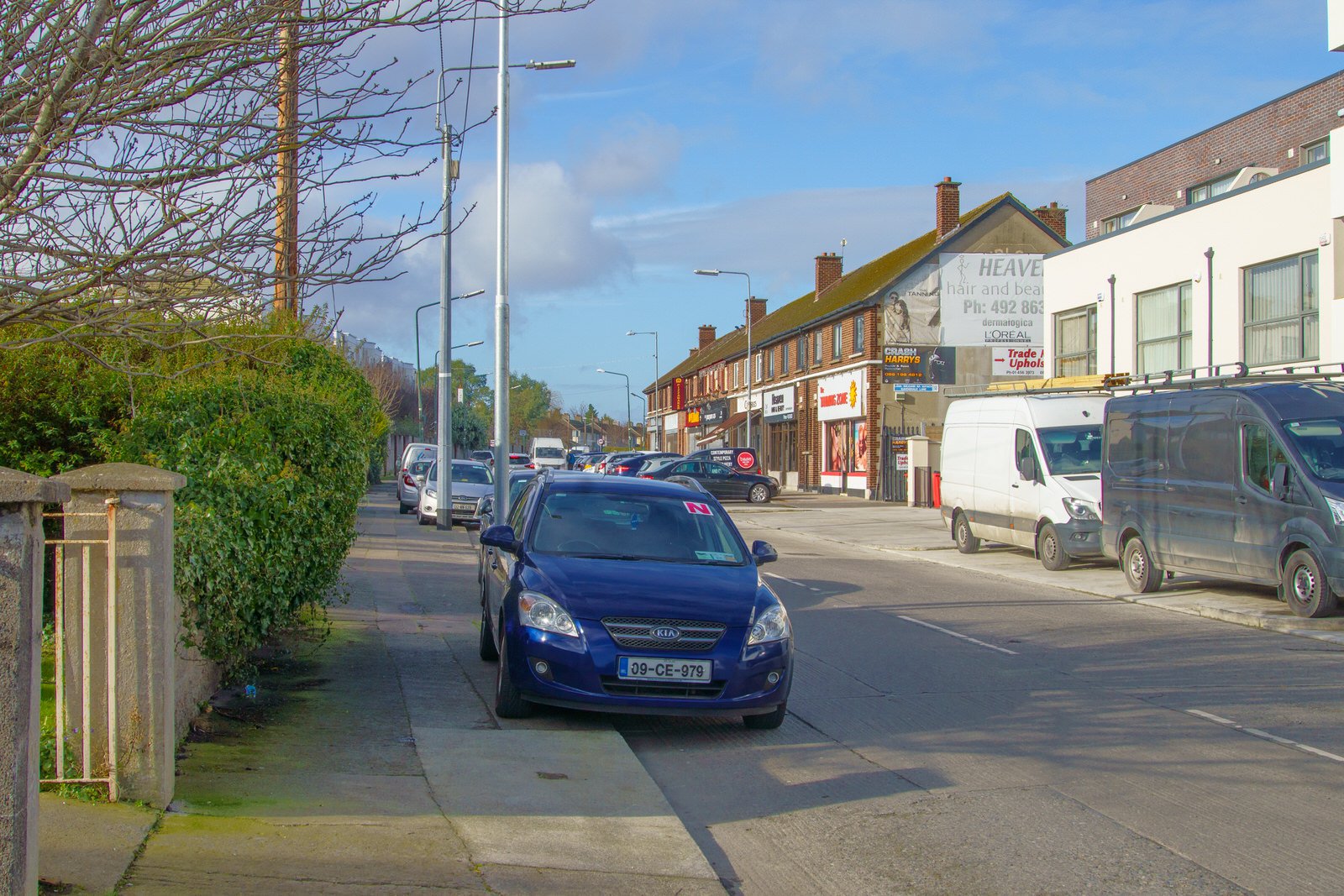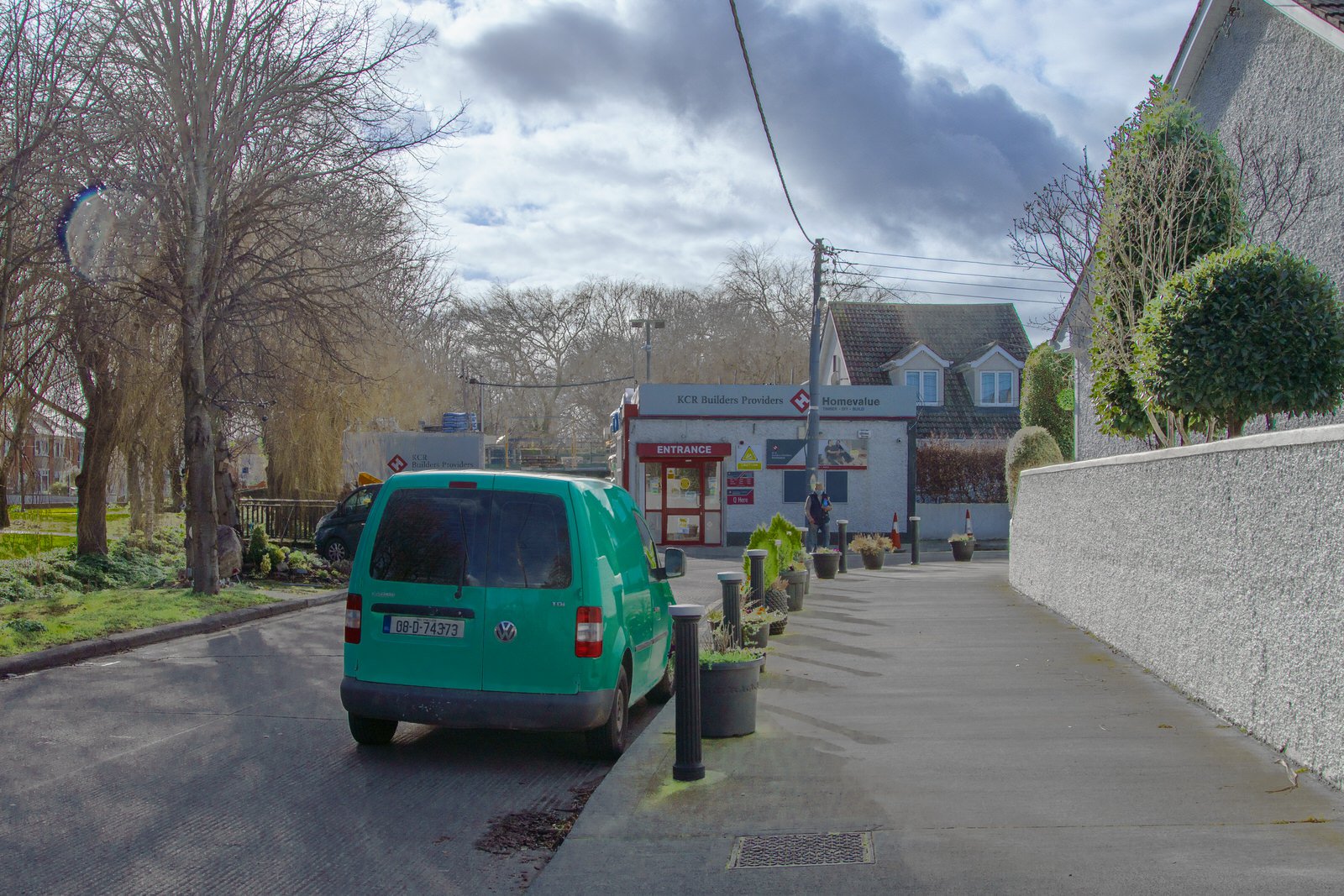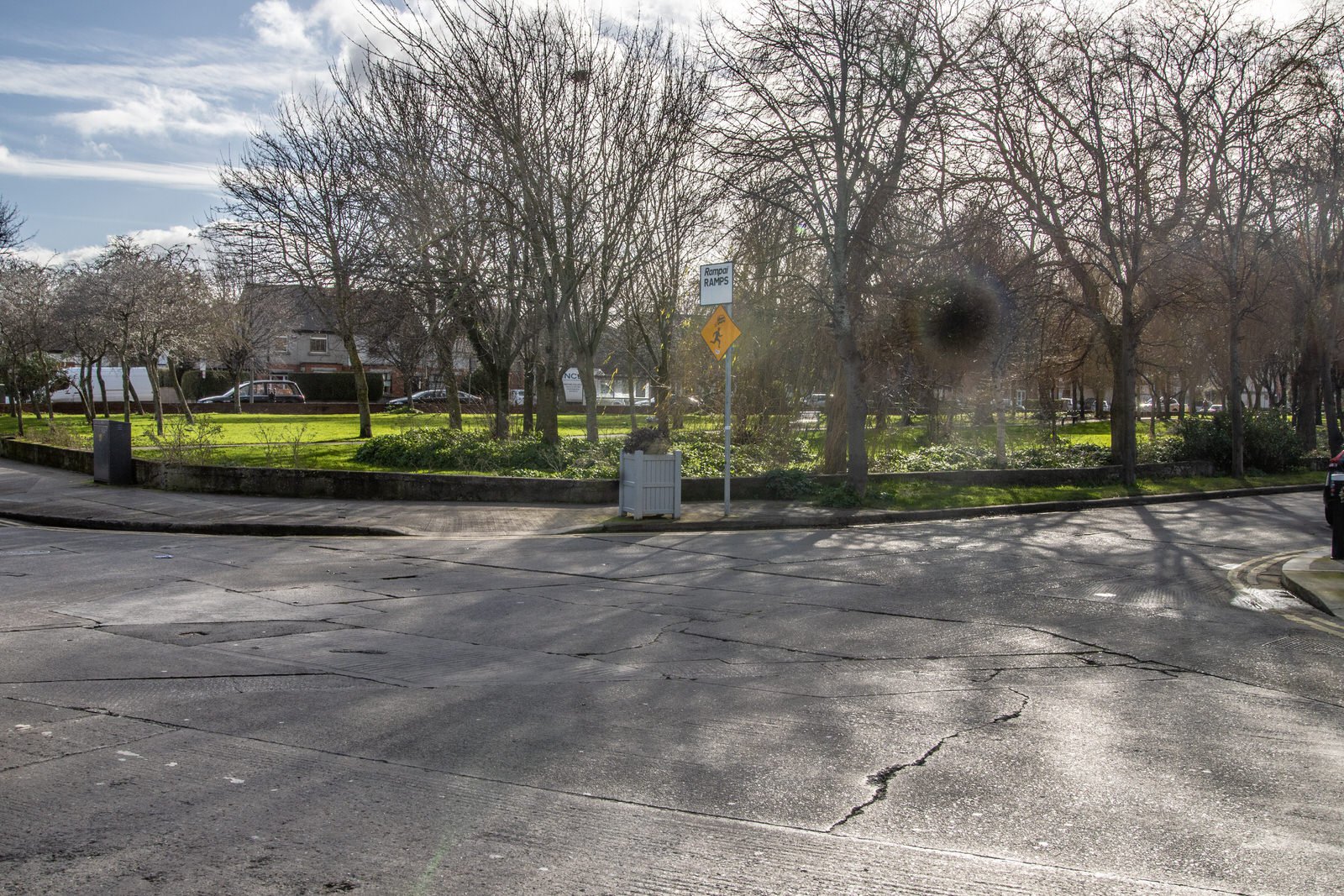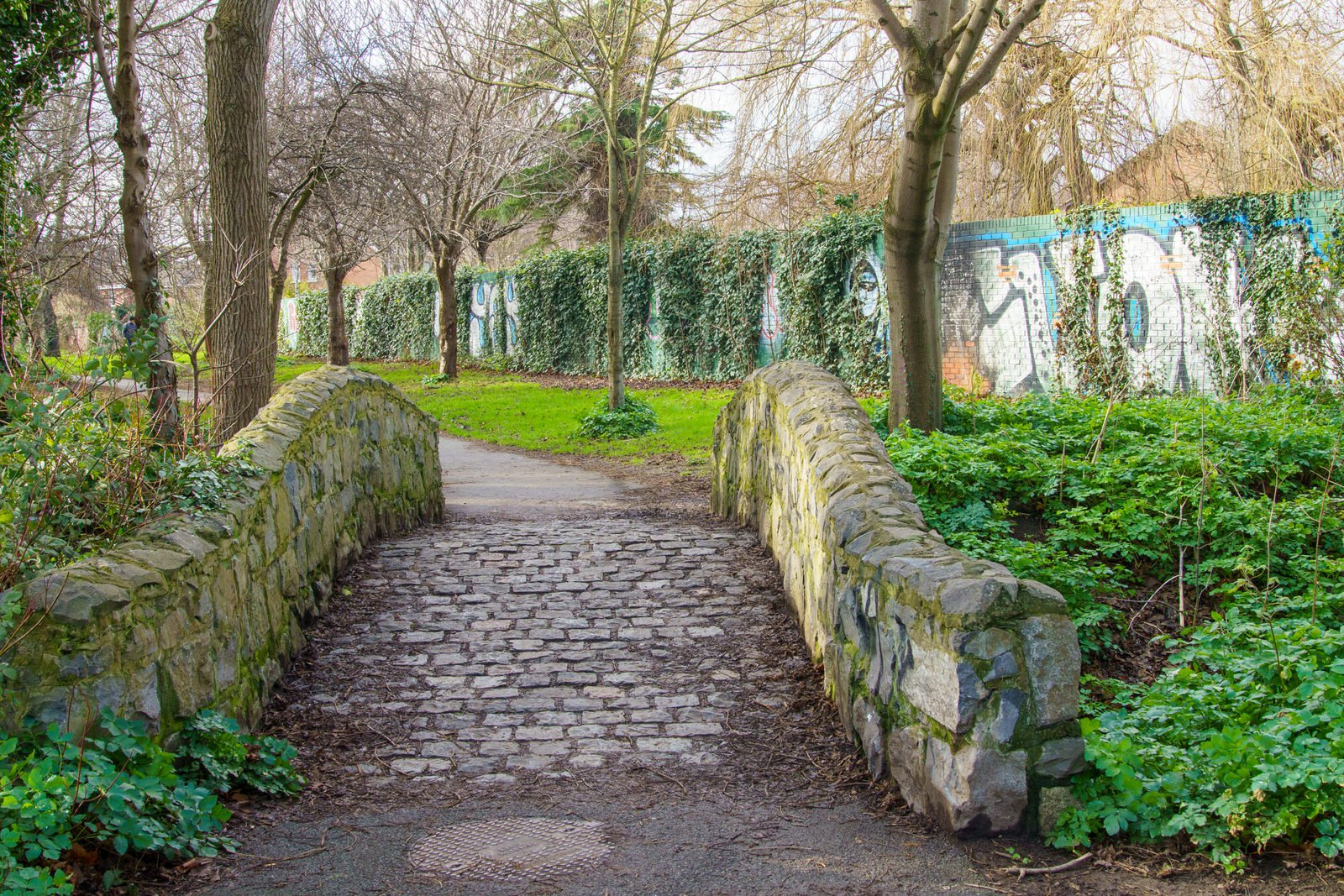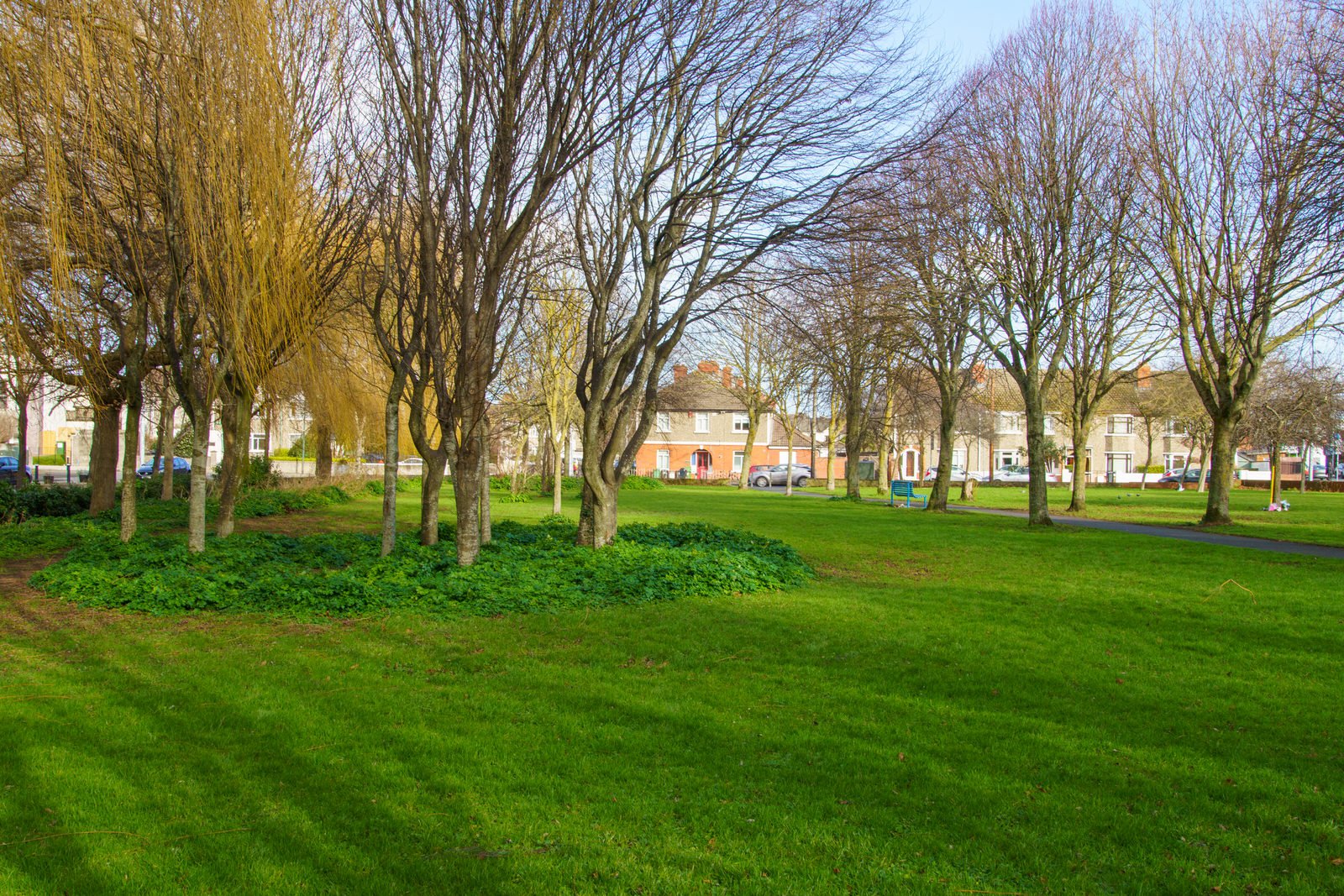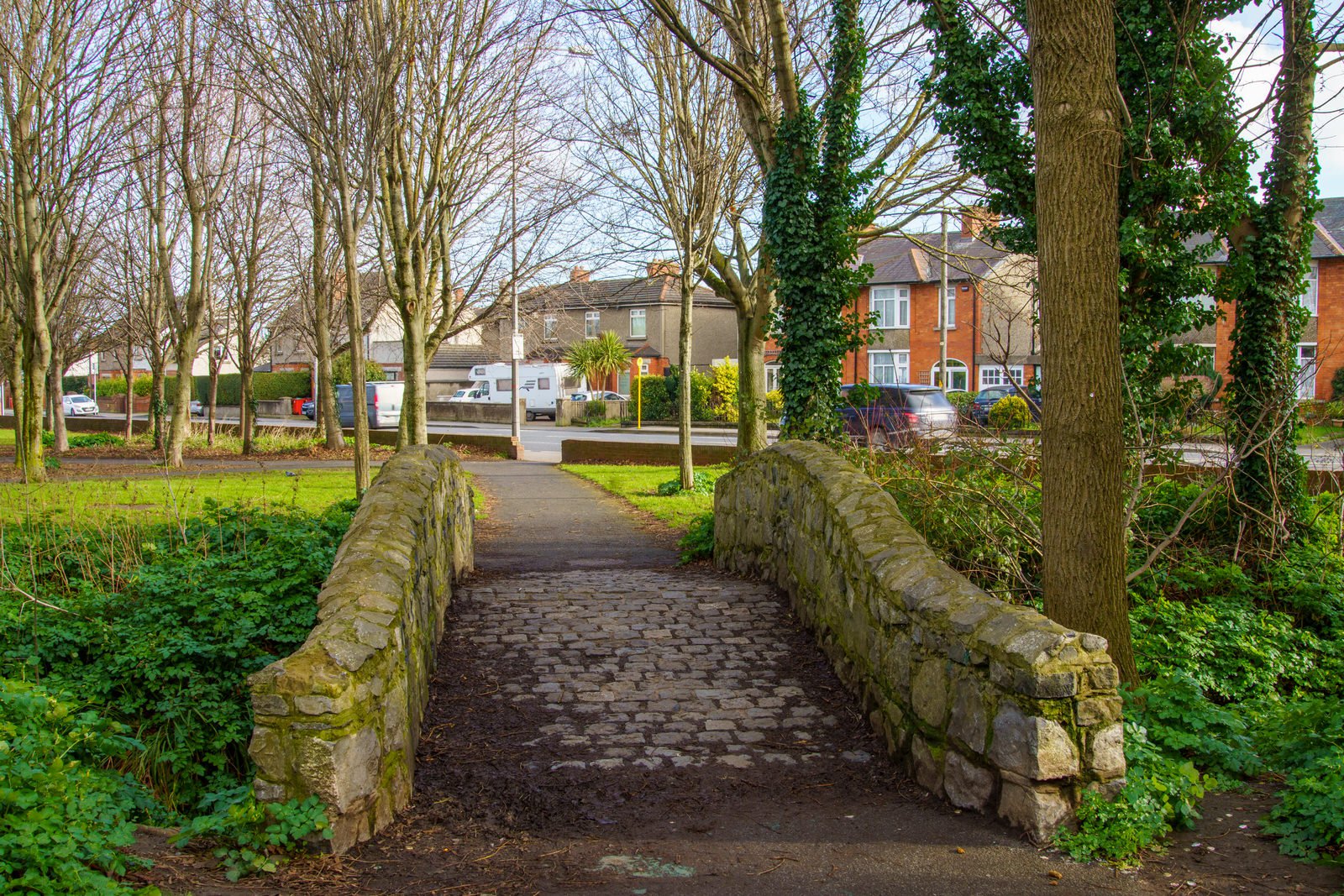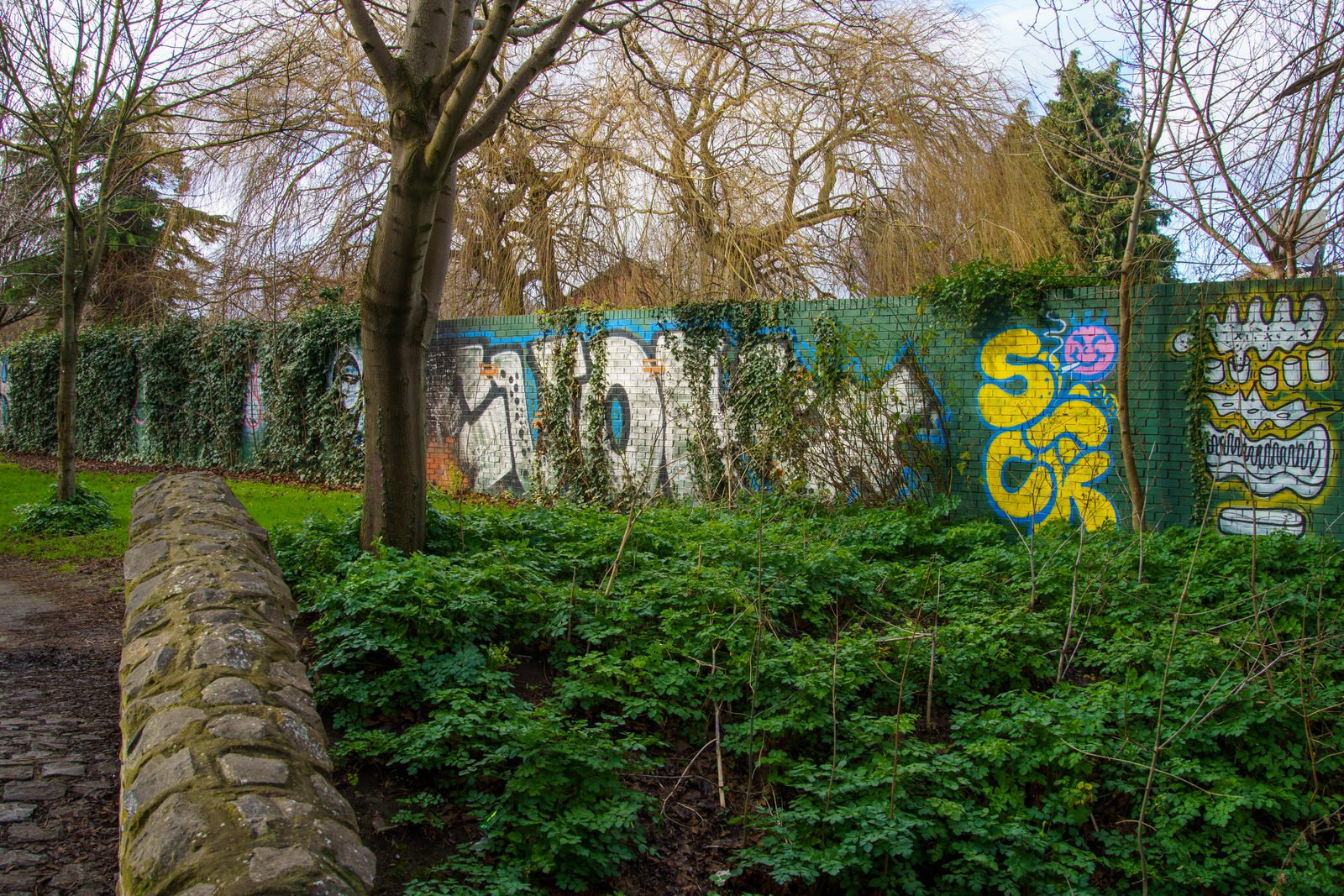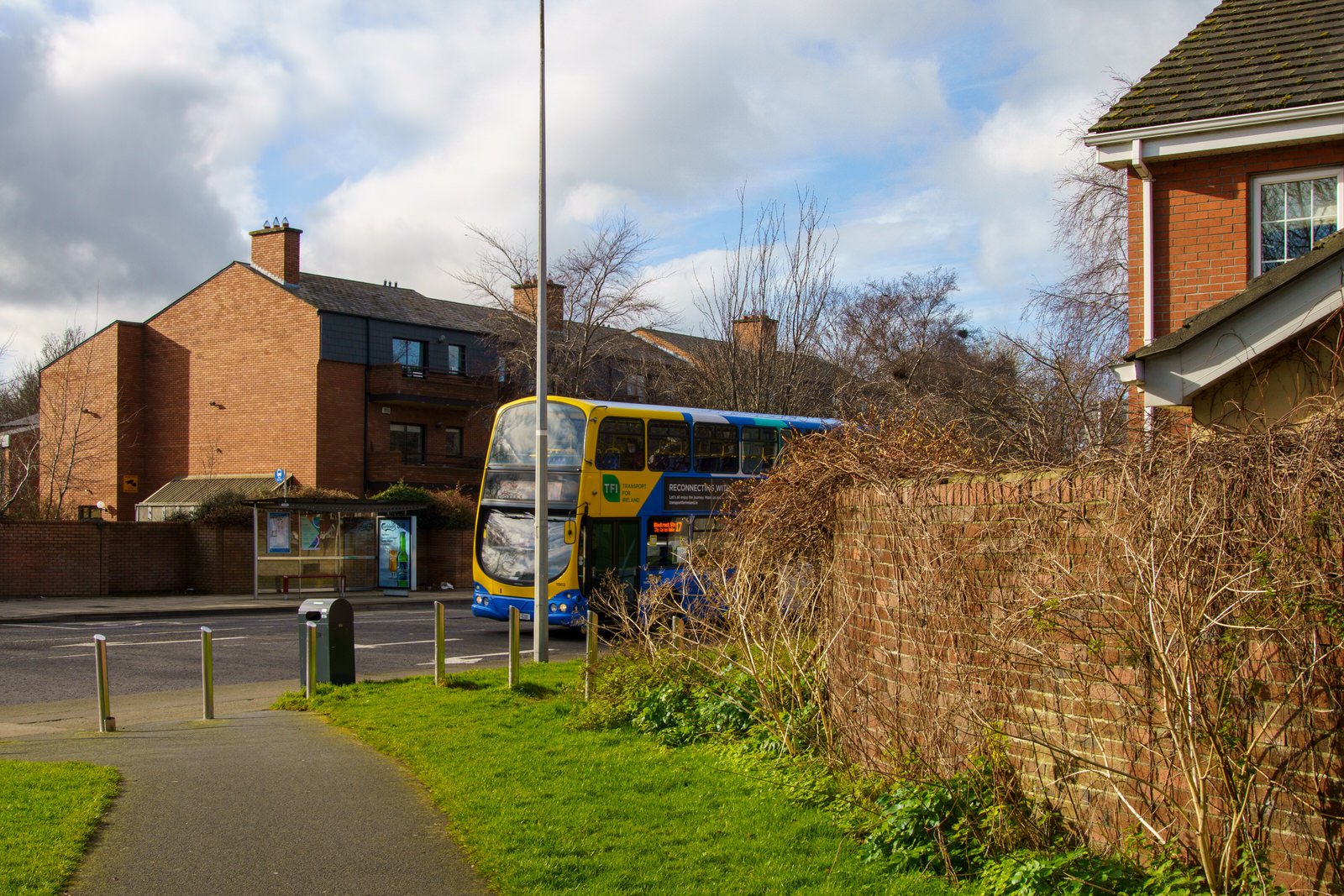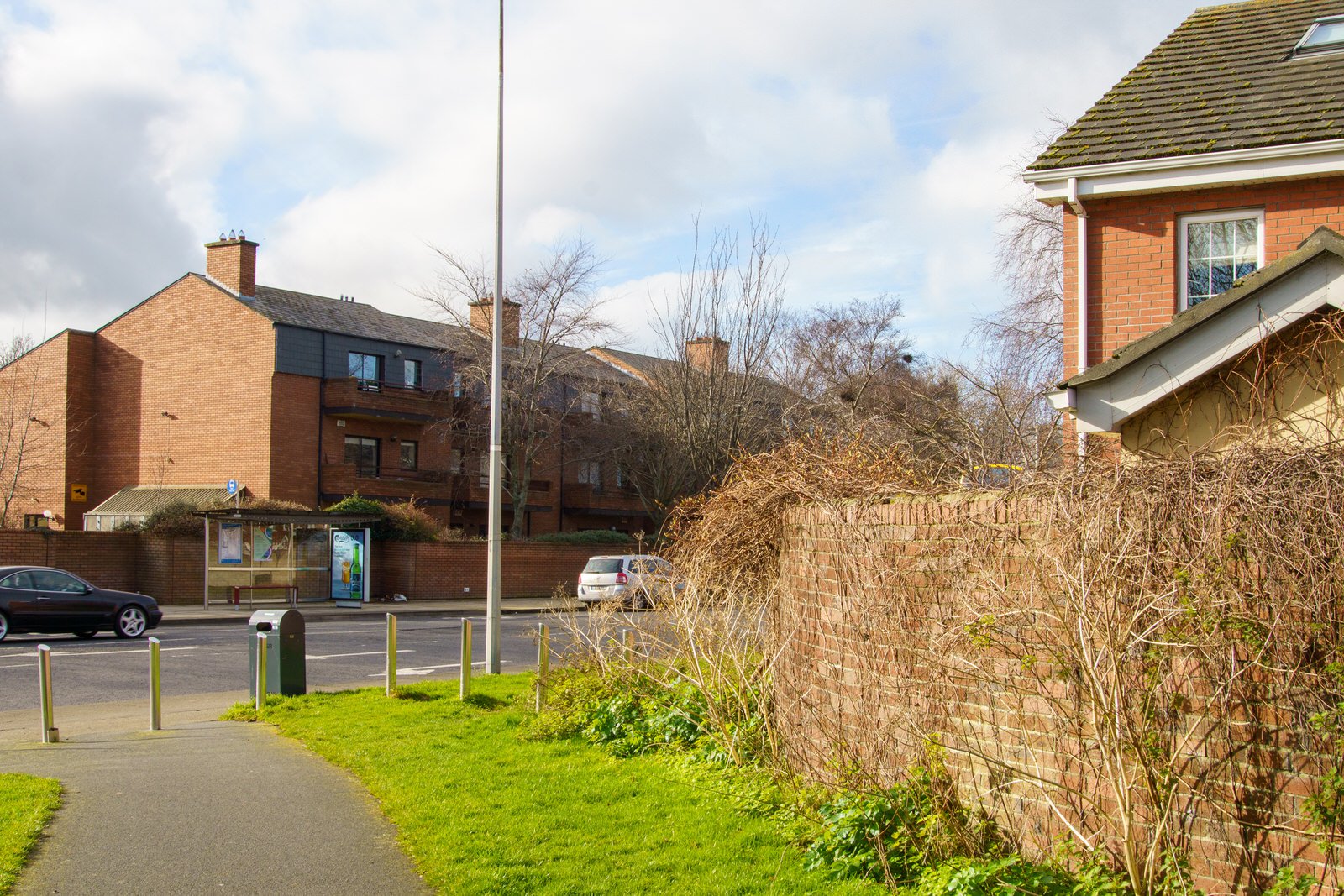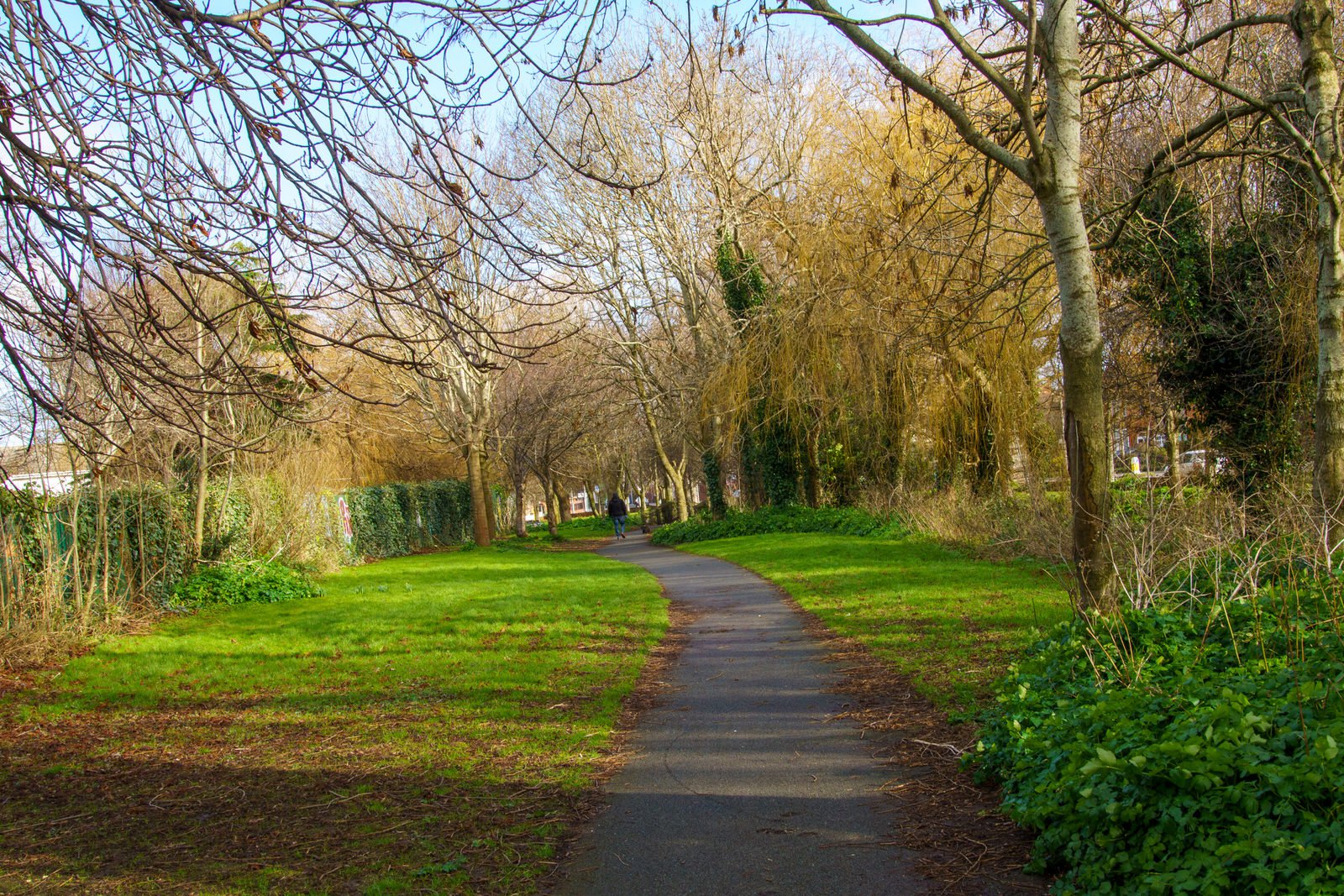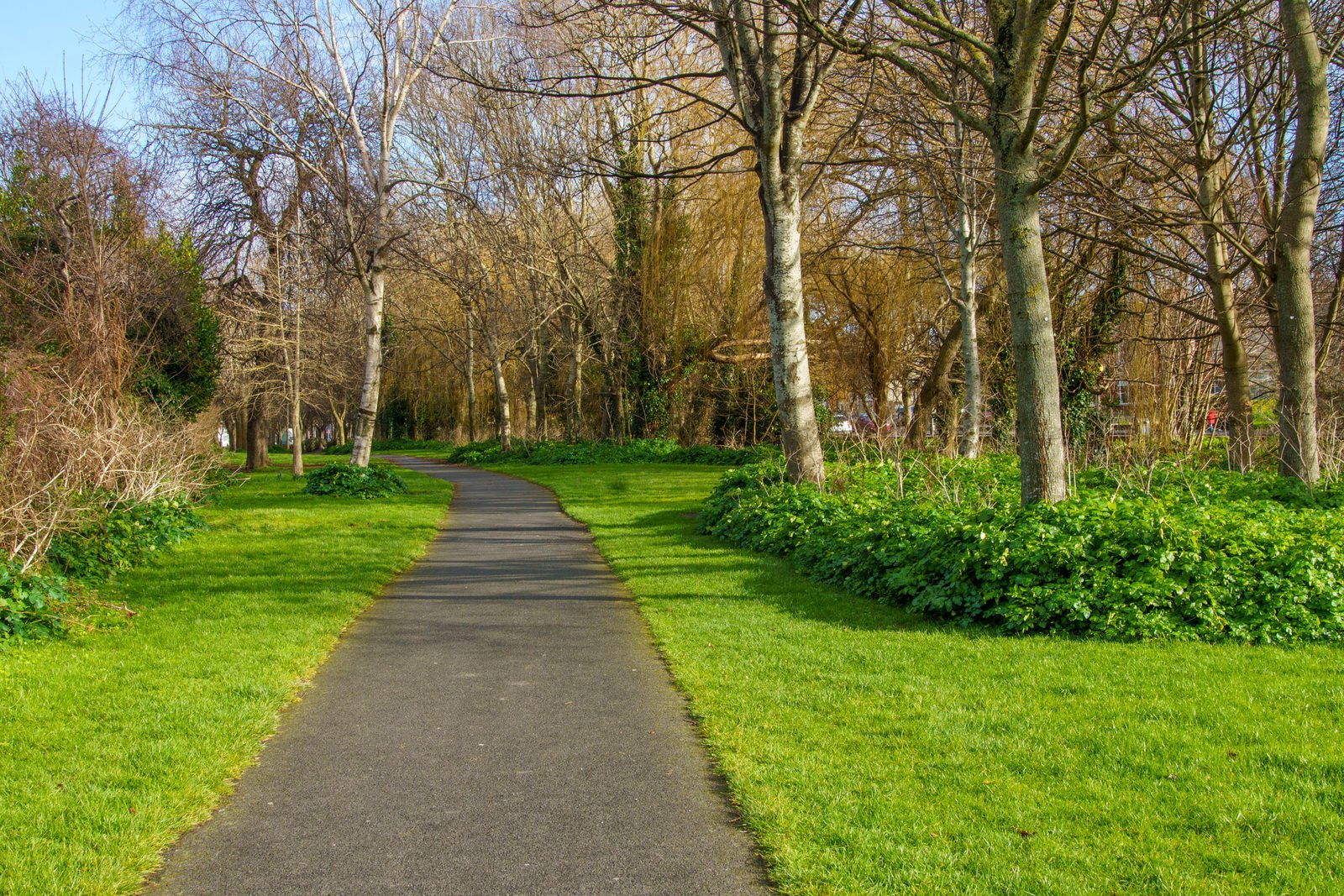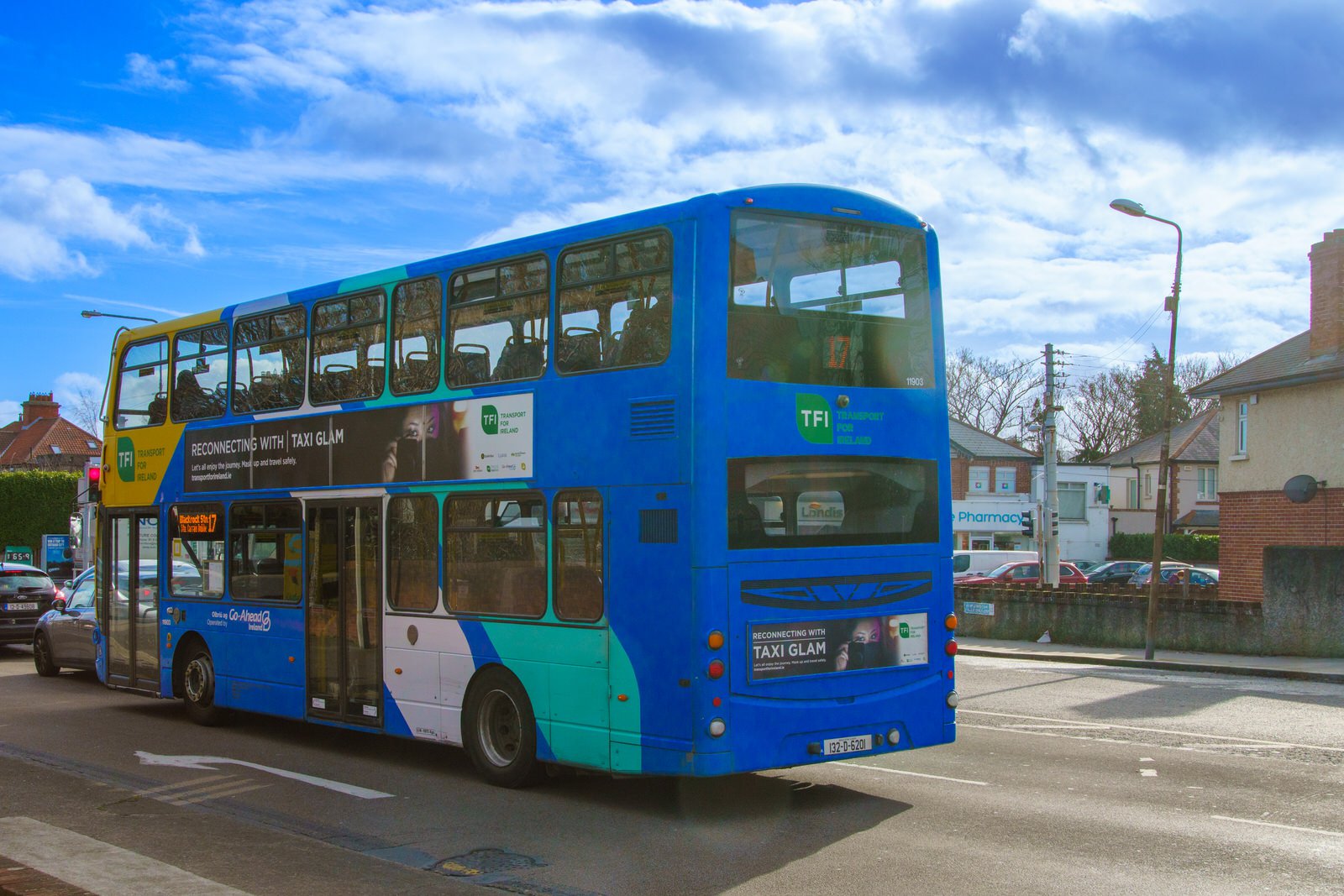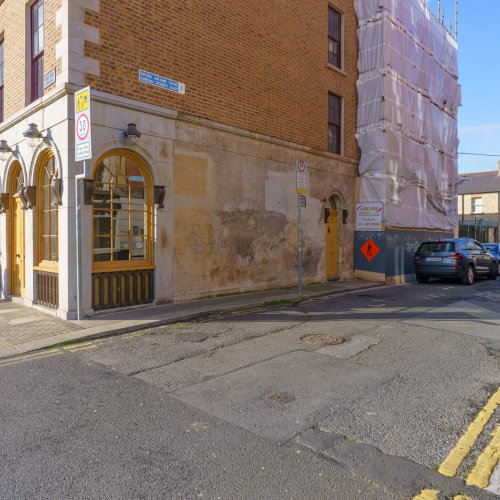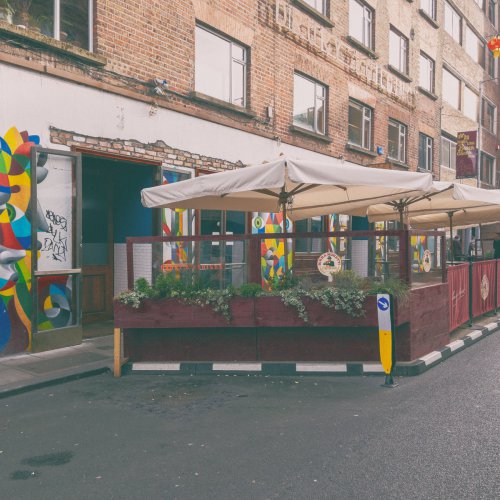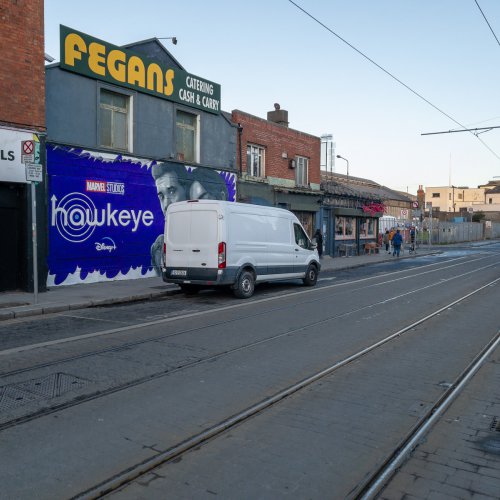The River Poddle is a river in Dublin, Ireland, a pool on which (dubh linn, "black pool" or "dark pool" in Irish) gave the city its English language name. Boosted by a channel made by the Abbey of St. Thomas à Becket, taking water from the far larger River Dodder, the Poddle was the main source of drinking water for the city for more than 500 years, from the 1240s. The Poddle, which flows wholly within the traditional County Dublin, is one of around a hundred members of the River Liffey system (excluding the Dodder tributaries), and one of over 135 watercourses in the county; it had just one significant natural tributary, the Commons Water from Crumlin.
The Poddle rises in the southwest of the Dublin Region, in the Cookstown area, northwest of Tallaght, in the functional area of South Dublin County Council, and flows into the River Liffey at Wellington Quay in central Dublin, overseen by Dublin City Council. Flowing in the open almost to the Grand Canal at Harold's Cross, its lower reaches, including multiple connected artificial channels, are almost entirely culverted. Aside from supplying potable water for the city from the 13th century to the 18th, to homes, and to businesses including breweries and distilleries, the river also provided wash water for skinners, tanners and dyers. Its volume boosted by a drawing off from the much larger River Dodder, it powered multiple mills, including flour, paper and iron production facilities, from at least the 12th century until the 20th. It also provided water for the moat at Dublin Castle, through the grounds of which it still runs underground.
The Poddle has frequently caused flooding, notably around St. Patrick's Cathedral, and for some centuries there was a commission of senior state and municipal officials to try to manage this, with the power to levy and collect a Poddle Tax. The flooding led both to the lack of a crypt at the cathedral and to the moving of the graves of satirist Dean Swift, author of Gulliver's Travels, and his friend Stella. The river and its associated watercourses were famously polluted in certain periods, at one point allegedly sufficiently so as to kill animals drinking the water. The river is mentioned briefly in James Joyce's novel Ulysses, and multiple times in Finnegans Wake, which mentions its role in Dublin's growth.
The River Poddle Flood Alleviation Scheme which has been developed in collaboration with the Office of Public Works (OPW), proposes flood protection, flood storage and flood prevention measures at locations along a 6km stretch of the Poddle River from Tymon North, Tallaght to St. Teresa’s Gardens and Donore Avenue, and at the National Stadium, South Circular Road, Merchant’s Quay, Dublin. It combines main flood storage at Tymon Park and additional flood storage at Ravensdale Park, with linear defences along the River where they are required to provide flood protection, new flap valves and culvert screens, and sealing manholes to prevent surcharging during a flood event.
The intervention area of the proposed Flood Alleviation Scheme extends along the Poddle River from Tymon Park (west of the M50) in Tallaght to Mount Argus Close in Harold’s Cross; with further works to seal manholes in the vicinity of Poddle Park and Ravensdale Park, Kimmage, and in St. Teresa’s Gardens and Donore Avenue, and at the National Stadium in Merchant’s Quay, Dublin.
There are three areas where more substantial works are proposed in green spaces and parks, including: • In Tymon Park (east of the M50) where the main flood storage embankment is to be constructed and an Integrated Constructed Wetland (ICW) is also planned; • at Whitehall Park, east of Templeville Road in Templeogue where a channel re-alignment is proposed; and • at Ravensdale Park in Kimmage where flood walls are to be constructed to provide flood protection and storage.
